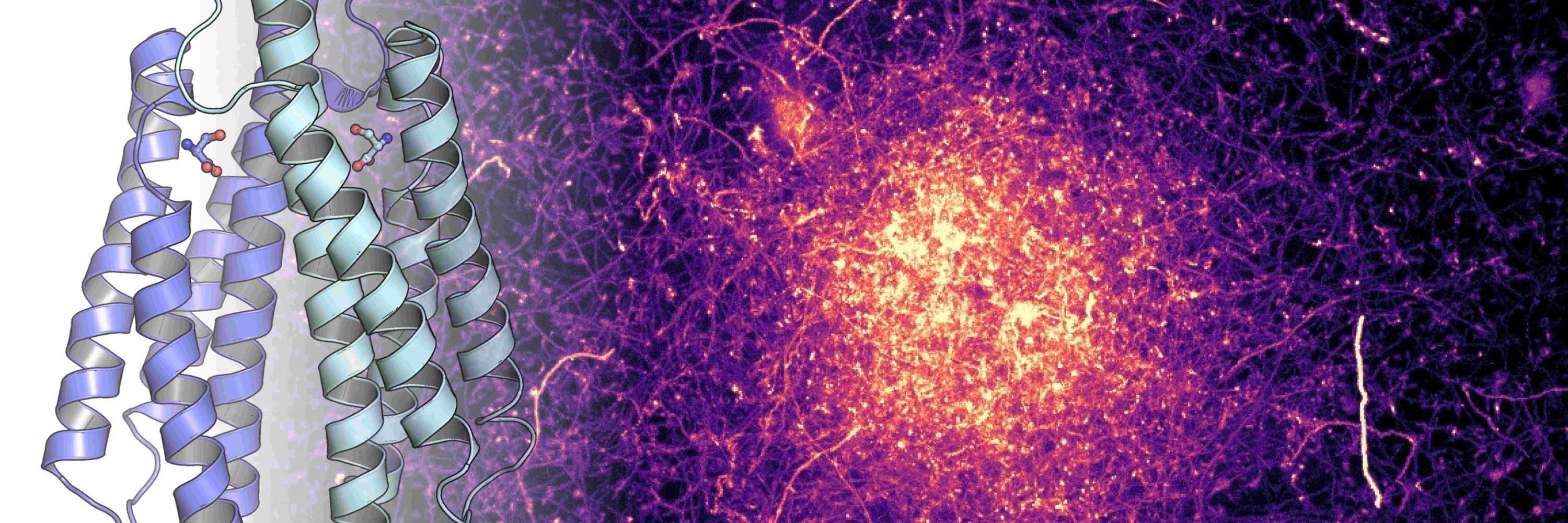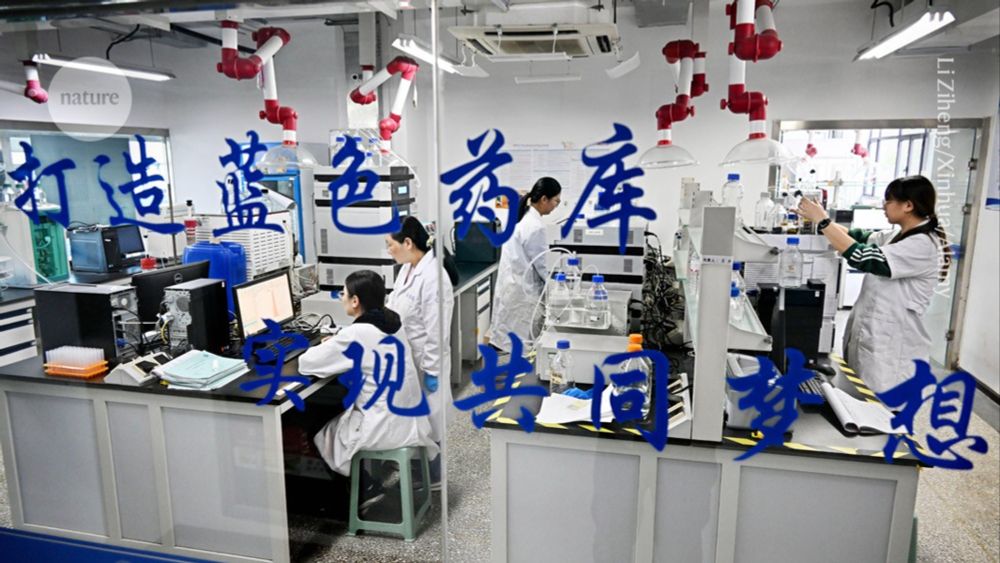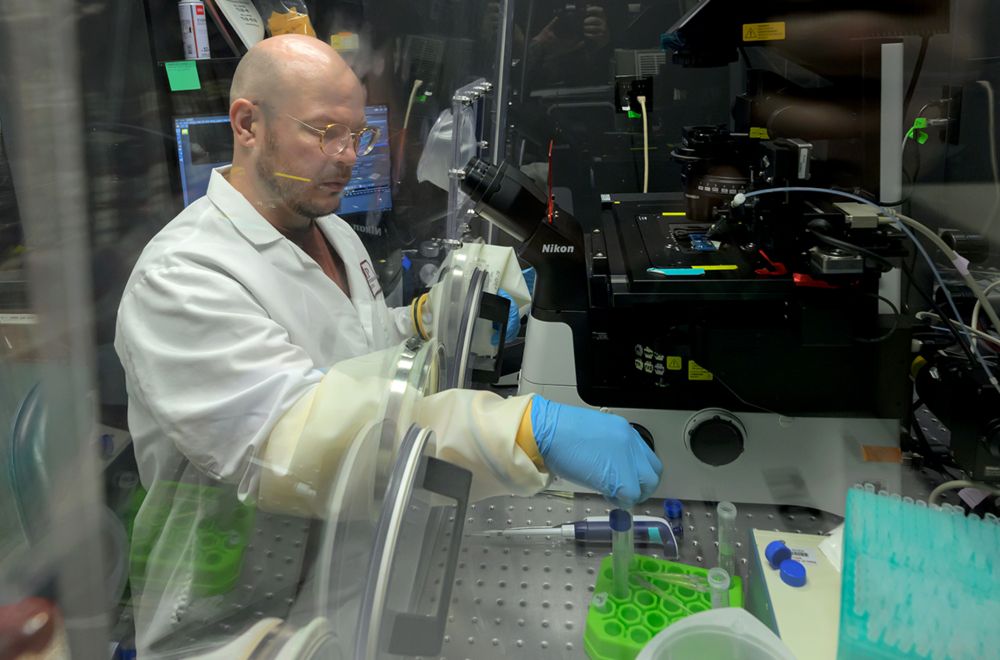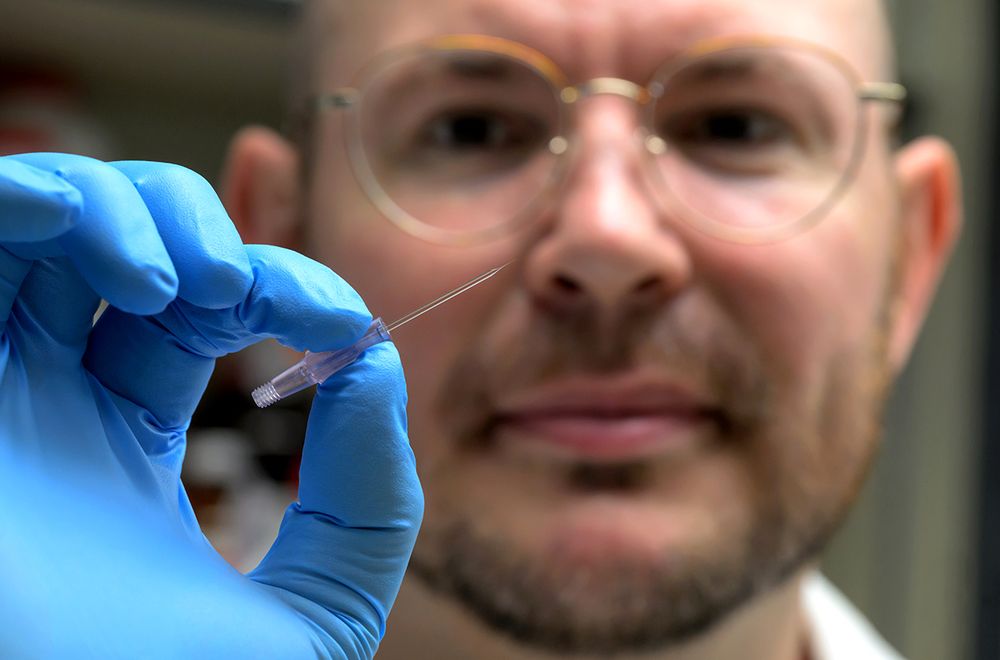Baylink Lab
@baylinklab.bsky.social
870 followers
680 following
140 posts
🦠Enthusiastic microthanatologists (i.e. the study of how to kill microbes) & lovers of redox biology and bacterial chemotaxis🧫
Washington State University - Esch LEAD Professor - Inclusion of Rural Individuals in Science (IRIS)
www.baylink-lab.com
Posts
Media
Videos
Starter Packs
Baylink Lab
@baylinklab.bsky.social
· Sep 7
Baylink Lab
@baylinklab.bsky.social
· Aug 21
Baylink Lab
@baylinklab.bsky.social
· Aug 12
Baylink Lab
@baylinklab.bsky.social
· Aug 12

AlphaFold 3 accurately models natural variants of Helicobacter pylori catalase KatA | Microbiology Spectrum
Experimental structure determination is rarely performed for natural protein variants
possessing only minor amino acid differences from published structures, even though
small substitutions can signif...
journals.asm.org
Reposted by Baylink Lab
Baylink Lab
@baylinklab.bsky.social
· Jul 15
Baylink Lab
@baylinklab.bsky.social
· Jul 15
Baylink Lab
@baylinklab.bsky.social
· Jul 11








